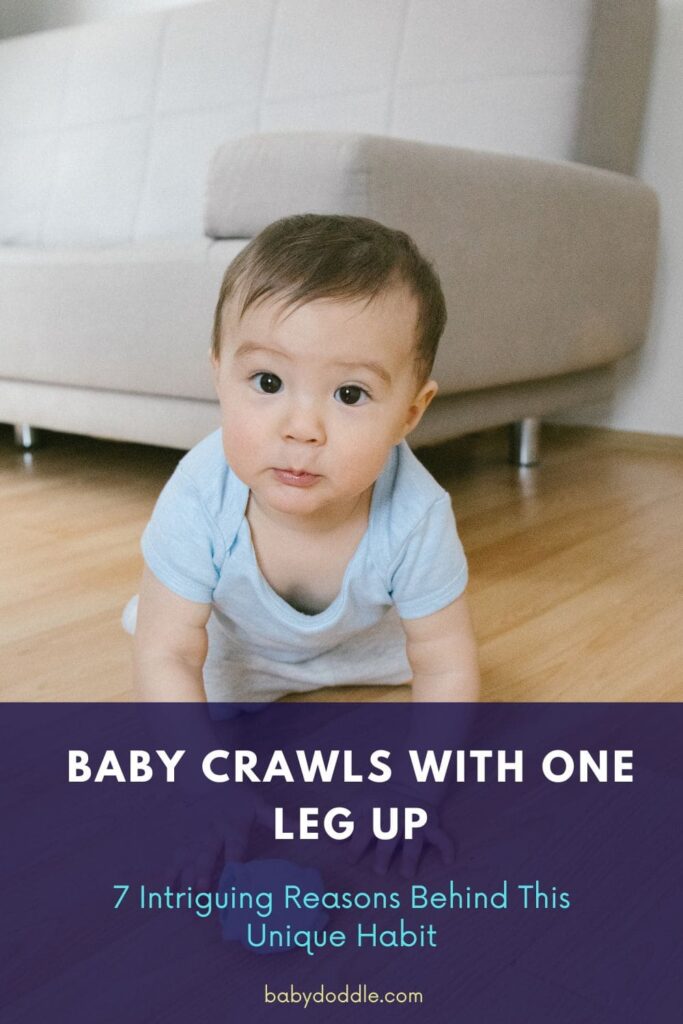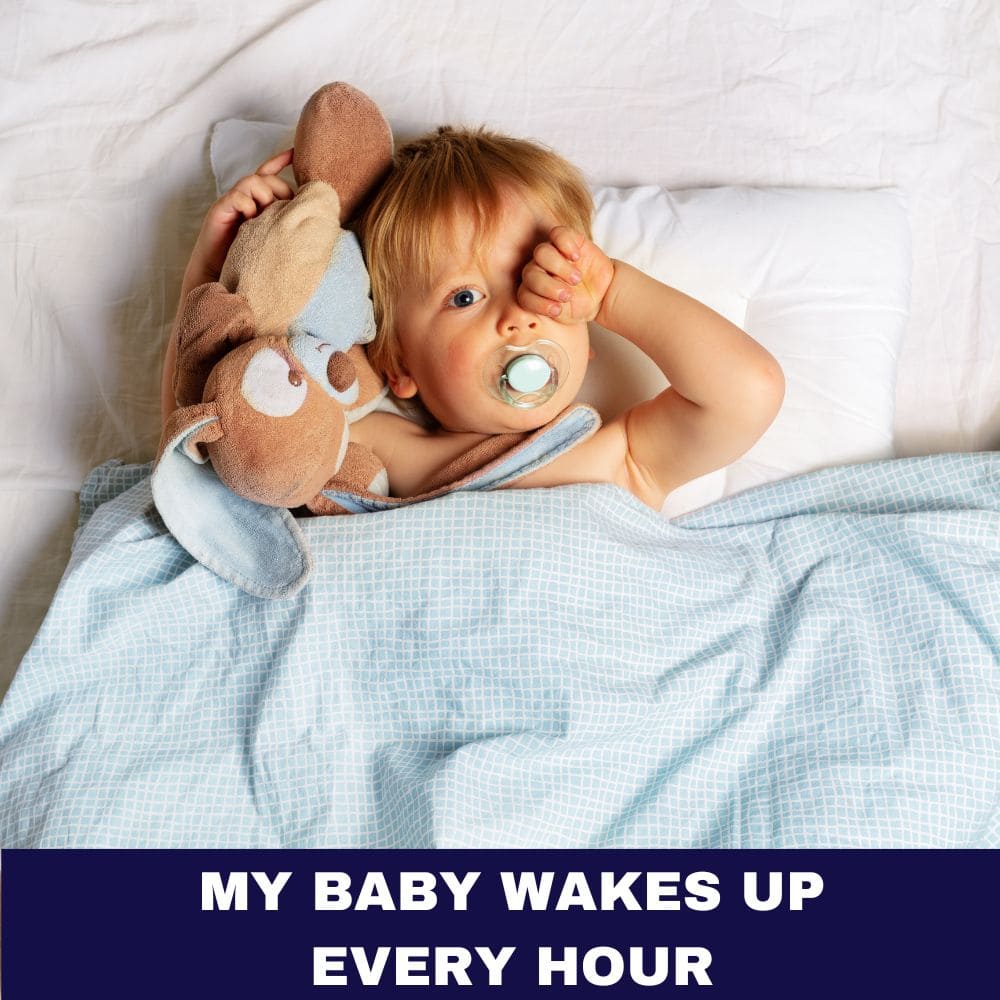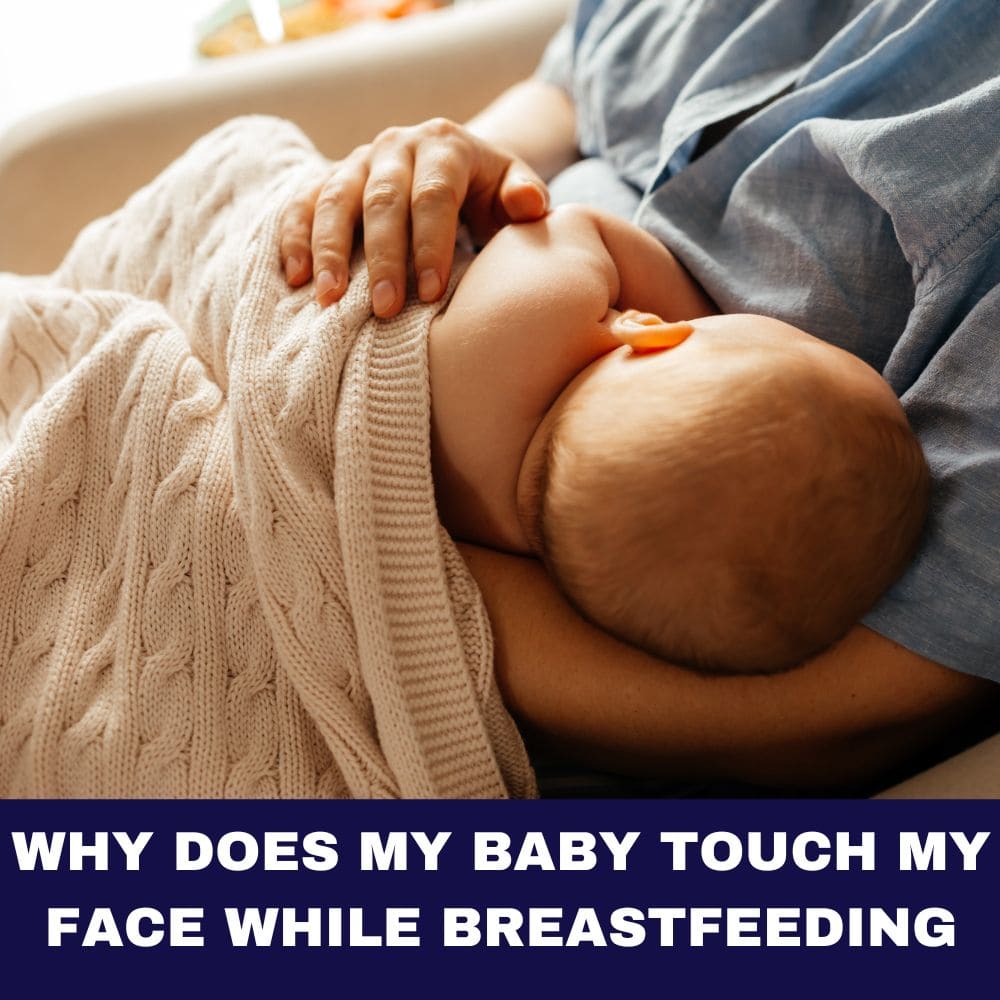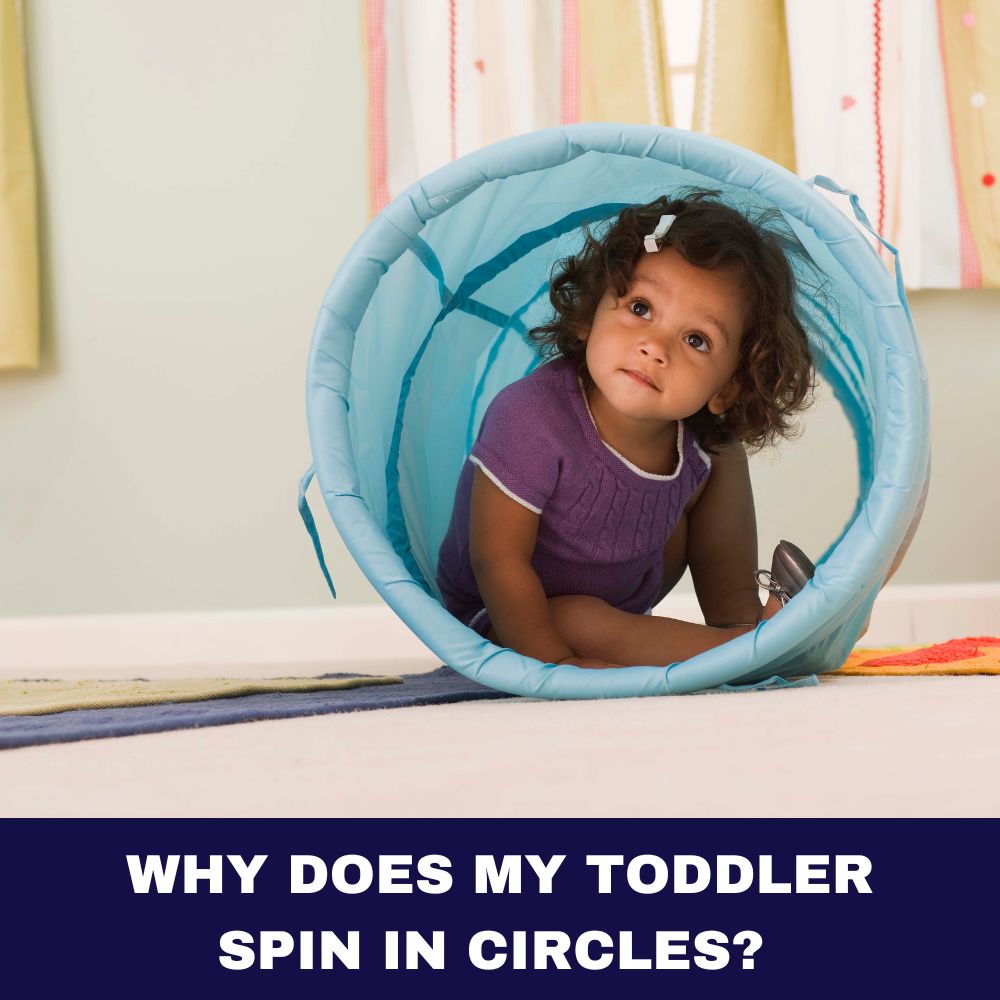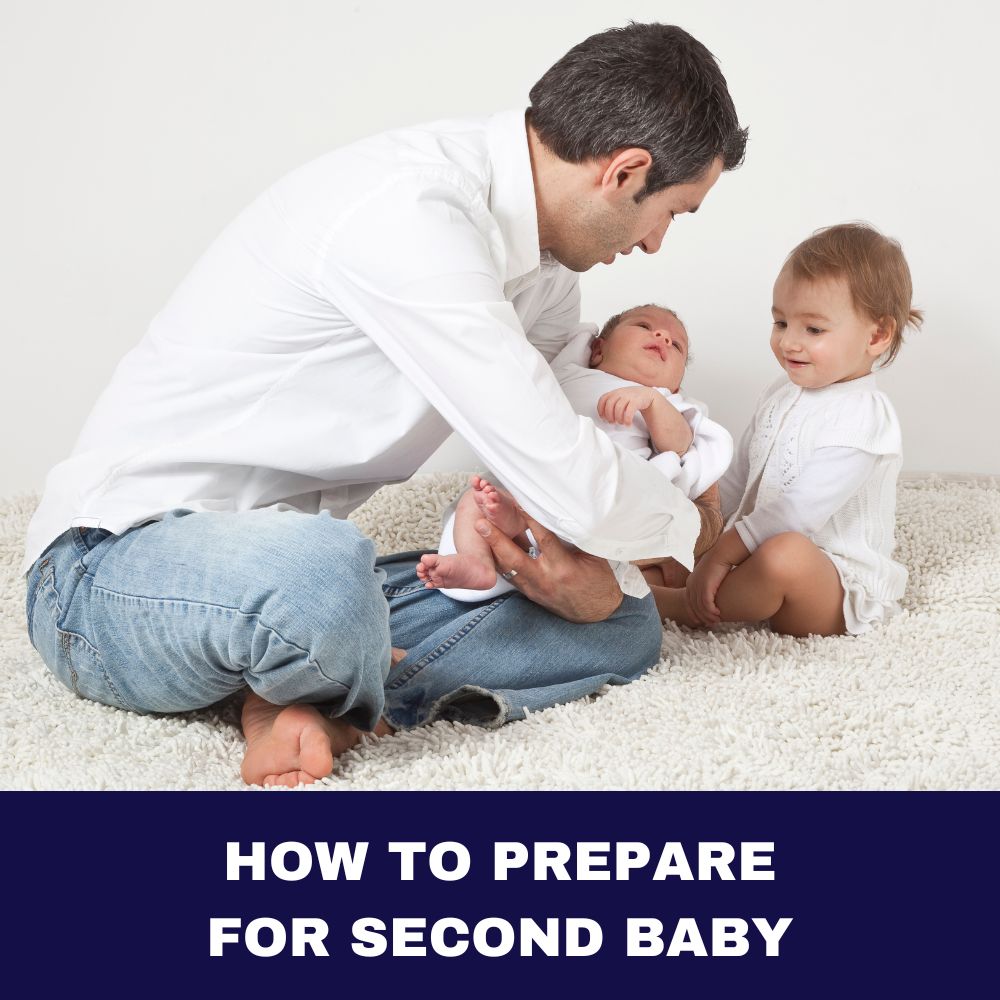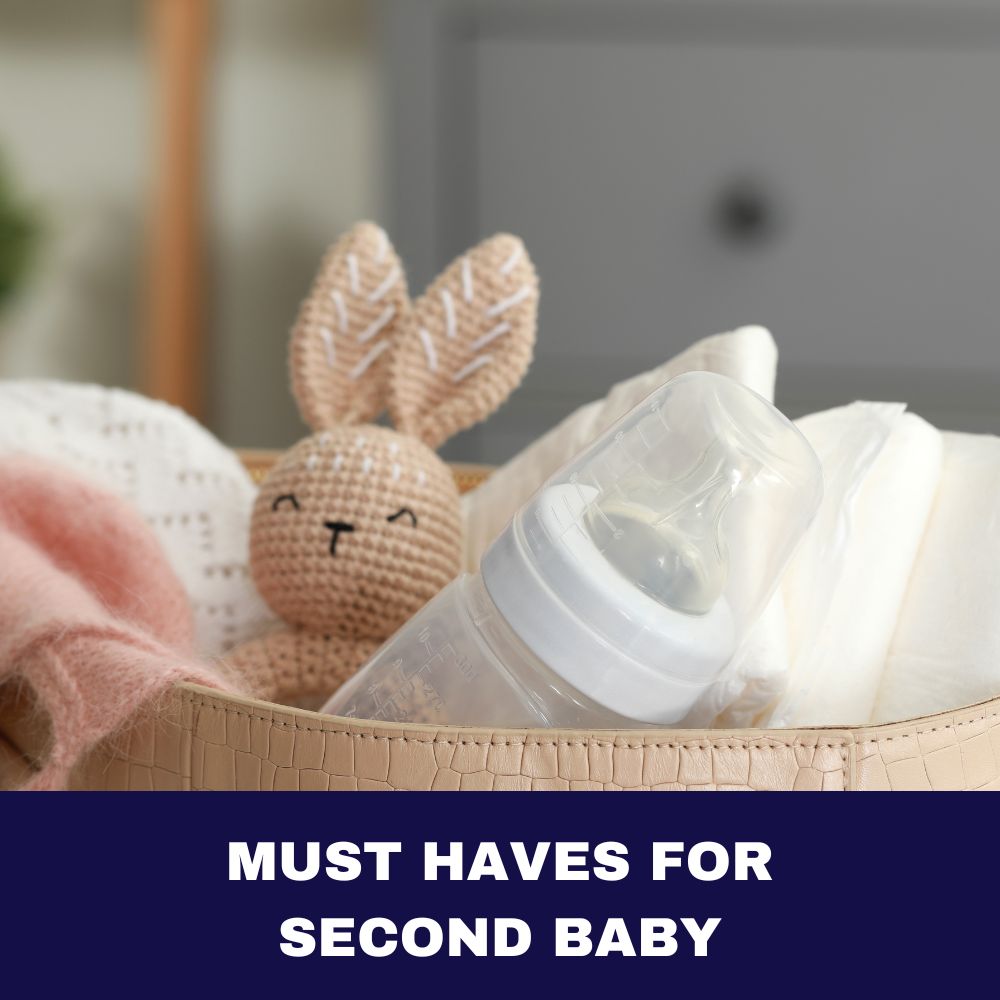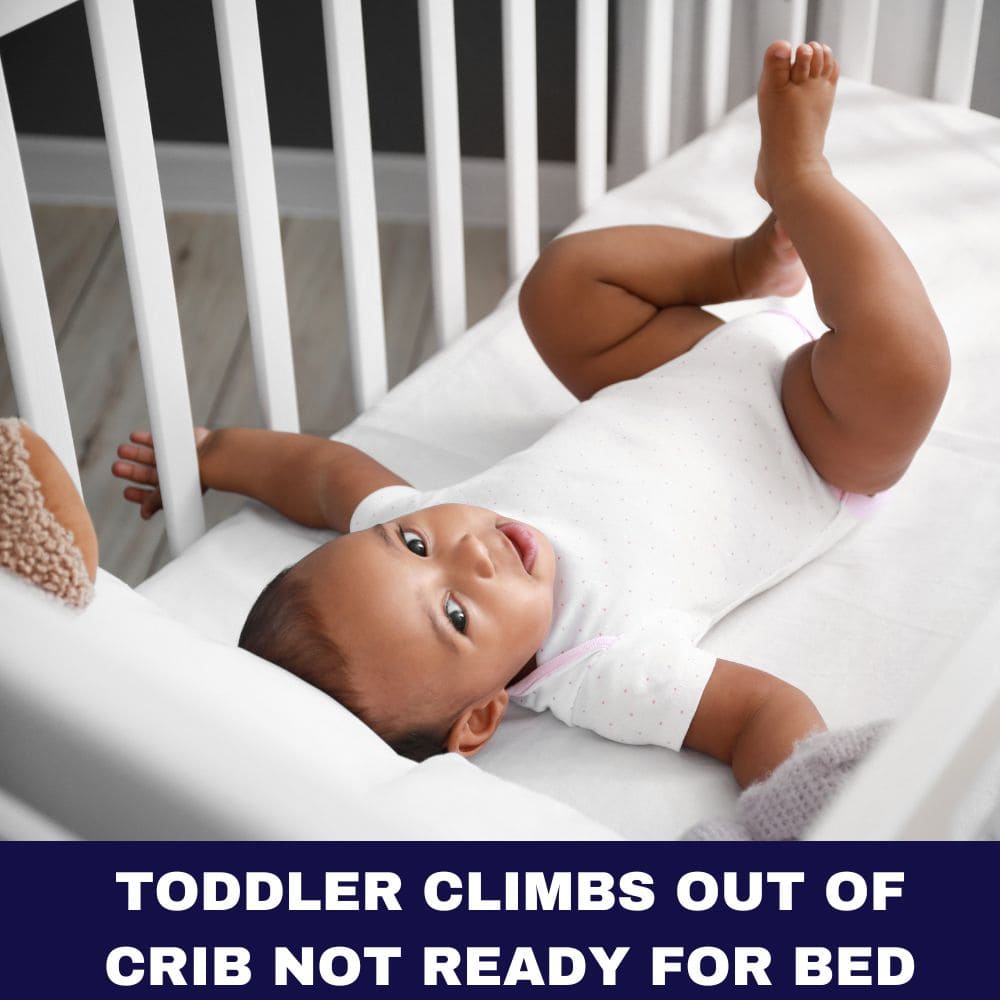As a parent, few things make your heart swell more than watching your little one hit key milestones. The first time they hold their head up, roll over, sit up on their own – each one represents a major achievement. And one of the biggest? Crawling! Seeing those tiny arms and legs coordinating to move across the floor is an amazing feat.
But sometimes babies have their own way of getting around. You may notice your infant crawling while hiking one leg in the air, almost like a little yogi practicing a half-tree pose. I know I did a double take the first time I saw my son maneuvering this way!
While amusing, this uneven crawling style left me wondering…is it OK for a baby to crawl like this? Does it impact their development? Here’s the inside scoop.
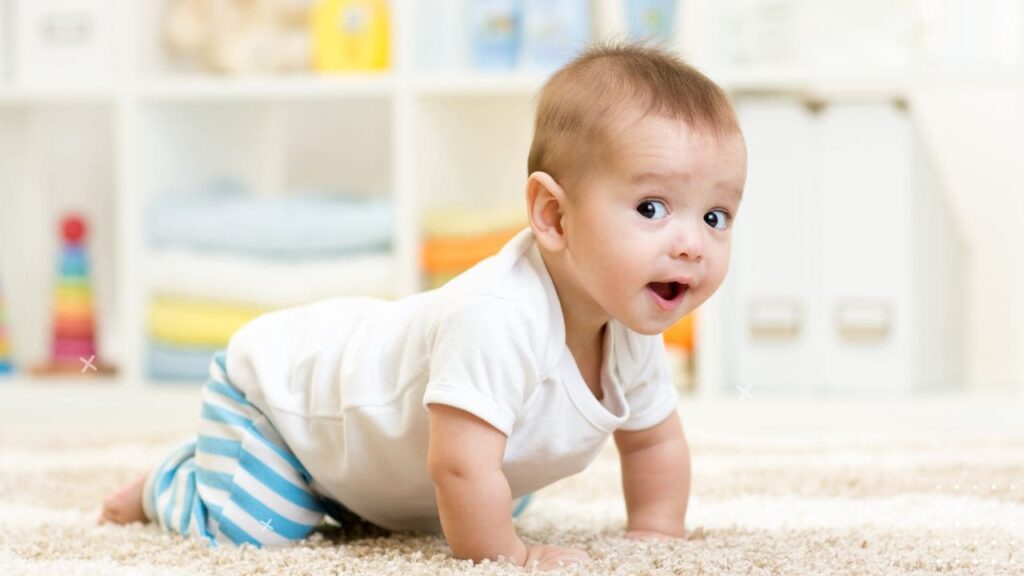
What Does “Typical” Crawling Look Like?
Before diving into lopsided crawling, let’s look at the standard “bear crawl” movement. Around 6-10 months, babies start to shift their weight and propel themselves forward. This is known as army or creeping-style crawling. It has a few key features:
- Symmetrical leg and arm movement: Babies use all four limbs to evenly pull and push themselves. They coordinate opposite arm/leg pairs in a rhythmic pattern.
- Cross lateral movement: The opposite hand/knee lift and move forward in unison. This crisscross motion provides balance and stability.
- Hands/knees support most weight: Instead of their belly, babies hold themselves up using their hands and knees. This strengthens core and neck control.
- Belly lifted: To move each hand/leg pair, infants arch their back, lifting their belly up off the floor. This prevents dragging.
This coordination between all four limbs is an important foundation. It tones key muscle groups that enable the next step – walking!
Now, let’s explore reasons babies sometimes put their own spin on crawling…
It’s Easier for Them to Balance
That traditional crawling pattern takes major coordination. Babies must synchronize a lot of motions to lift alternate arms/legs, shuffle forward, and twist their trunks, all while still balancing. That’s complex for a little one!
Sometimes, keeping one leg curled up makes it simpler for them to stay upright. Tucking the leg reduces points of contact and their center of gravity shifts. This makes balancing straightforward as they learn to snake around.
You may notice them doing “tripod” crawling after falling – popping up on both hands with one knee raised. Fewer touchpoints steadie them until they regain control. The elevated leg helps counteract gravity, preventing a tumble.
Over time, babies get comfortable in this tripod stance and begin scooting with the one-leg crawl. The raised foot helps them remain stabilized as they start moving. Then, coordination improves until they can crawl on all fours with ease.
When Balance Is Trickiest
Some situations make balancing extra tricky for crawlers:
- Reaching mid-crawl: When babies pause crawling to grab a toy, they’re momentarily still while leaning. The curled leg acts as a kickstand preventing a face-plant!
- Twisting directions: Pivoting their body sideways or backward requires weight shifts babies are still mastering. That raised foot helps anchor them.
- Tilting surfaces: Crawling from wood floors onto thick carpets or vice versa causes stability difficulties. Adjusting with one leg up makes transitions smoother.
So next time your baby thrusts a foot skyward while crawling, see it as a clever technique allowing them to develop coordination confidence!
It Allows Them to Twist and Turn
Standard crawling is fairly linear, with babies using all fours to motor forward or backward. But little ones love checking out anything and everything – which means pivoting to examine whatever piques their curiosity!
By keeping one leg bent, infants can swivel their bodies from side to side easily. That lifted leg acts as a “kickstand” for effortless twisting and turning. Babies can scan objects around the room, choose a direction, and propel themselves while preventing toppling over.
Essentially, this one-leg crawling stance unlocked more mobility options earlier! The increased hip, trunk and shoulder rotation builds agility and flexibility while protecting balance. As babies scoot, they strengthen how to finely tune these rotations for smooth movements.
This dexterity trains their ability to transition quickly between positions – key for conquering advanced moves. Soon they coordinate dropping the raised foot and pivoting in a tall kneeling stance. Eventually, they stand steadily and plop down with purpose as toddlers. Mastering asymmetrical crawling now enables it.
Of course, allowing free exploration satiates babies’ innate curiosity during wake windows. But the physical benefits of working their core and coordination in new directions pay off tremendously.
Down the road, this nimbleness translates into athleticism – think soccer players swerving down the field or tennis stars with killer backhands. That adorable one-legged crawling style establishes the foundation!
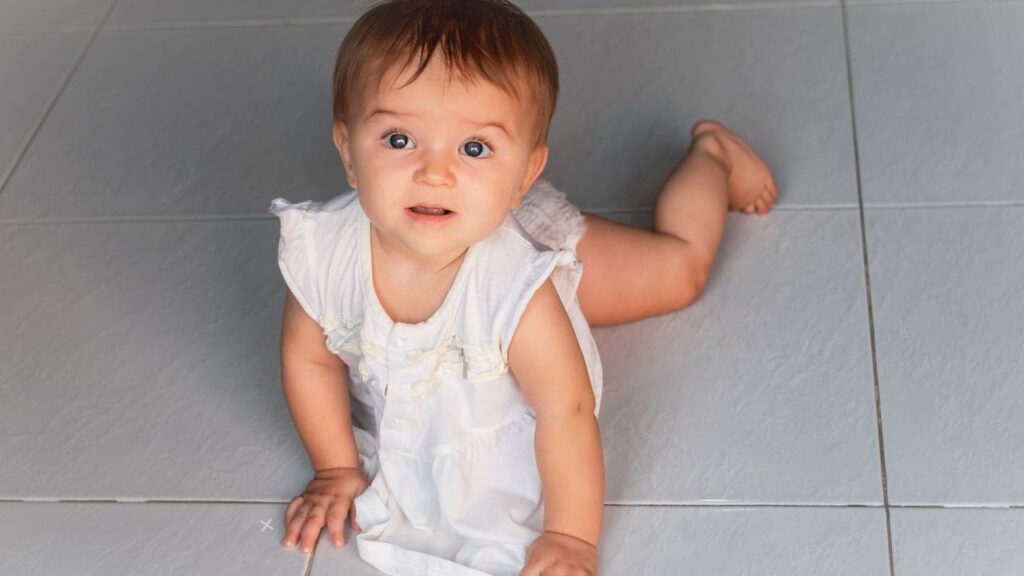
It Strengthens Different Muscle Groups
You’ve likely heard about the strengthening perks typical crawling brings. It tones key areas like shoulders, arms core hip flexors and ankles that promote mobility.
But asymmetric crawling works several different muscle groups that oft get neglected! That curled leg calls for far more oblique core engagement to hold steady. Obliques run along your side, so these muscles tilt and twist the spine while preventing leaking.
Likewise, glute activation must increase to propel that single leg instead of two. Glutes are the “powerhouse” muscles that propel movement. Crawling one-legged makes them work in overdrive!
Additionally, the hip on the raised leg has to externally rotate outward and extend backward to elevate the knee. These intricate motions refine hip and pelvic control.
Meanwhile, the supporting limbs grow even stronger than typical crawling thanks to managing greater load demands. It’s like adding extra resistance to their workout!
In this way, lopsided crawling builds full-body strength and stability beyond traditional methods – an unexpected benefit!
It Lets Them See Better
Human eyes sit around 5 feet off the ground on average. But crawling infants are mere inches high, making it tough to scope out their surroundings. Lifting one leg helps counteract this limitation.
See, propping up one side subtly elevates their visual perspective. This makes it simpler to peek over objects or see further across open spaces.
The tripod stance also facilitates side-to-side glancing with less neck strain. Babies can scan the environment by pivoting their raised torso instead of craning sideways. Spotting exciting objects then prompts mobile exploration!
Essentially, asymmetric crawling allows babies to take in more sensory details. Being “nose to the ground” in standard crawling has disadvantages vision-wise. Popping up that knee opens up their world, inciting discovery.
As an experiment, try laying on your belly and turning just your neck to look around. Then, prop yourself up one on the forearm, rotate your torso and compare. The higher eye level makes observing surroundings way simpler!
Now imagine taking in new environments this way as an infant. Lifting a leg allows babies to inspect exciting elements, building cognitive connections and spatial awareness.
It’s a Transition to Walking
Typically after the crawling phase, babies pull up onto furniture in preparation for walking. This allows them to stand while holding on, getting used to bearing weight on their feet.
But some babies skip this furnishing flirtation and go straight to cruising (walking while grasping objects for support). In these cases, asymmetrical crawling serves as a training midpoint.
See, that one raised leg mimics the extension/weight bearing of a standing leg. Meanwhile, they strengthen the standing posture and balance required for walking by working the grounded limbs harder.
Additionally, research in the Journal of Human Kinetics found that one-leg crawling improves hip joint positioning for later mobility. The pelvic control developed while scooting in a tripod stance pays off significantly once they’re upright!
In a way, asymmetric crawling lets infants “test drive” important aspects that enable real steps like single-leg loading, weight shifts and balance reactions. The muscles and coordination gained during this stage transfer directly into walking proficiency.
When Should I Worry About Asymmetrical Crawling?
While this style has developmental advantages, lingering issues may signify problems. Here are red flags to watch for:
- Can’t bear weight on one side of the body
- Persistent neck/trunk twisting
- Difficulty achieving milestones
- Drastically late crawler/walker
- Sensory issues
- Skeletal anomalies like hip dysplasia or low muscle tone
If you notice any of these in combination with one-sided crawling, check in with their pediatrician. Continuing therapy can help counteract uneven wear and tear long-term.
The takeaway: Babies each move through mobility milestones in their own way. If asymmetry endures or causes delays, seek expert guidance to evaluate root causes. Otherwise, embrace their unique crawling conquests!
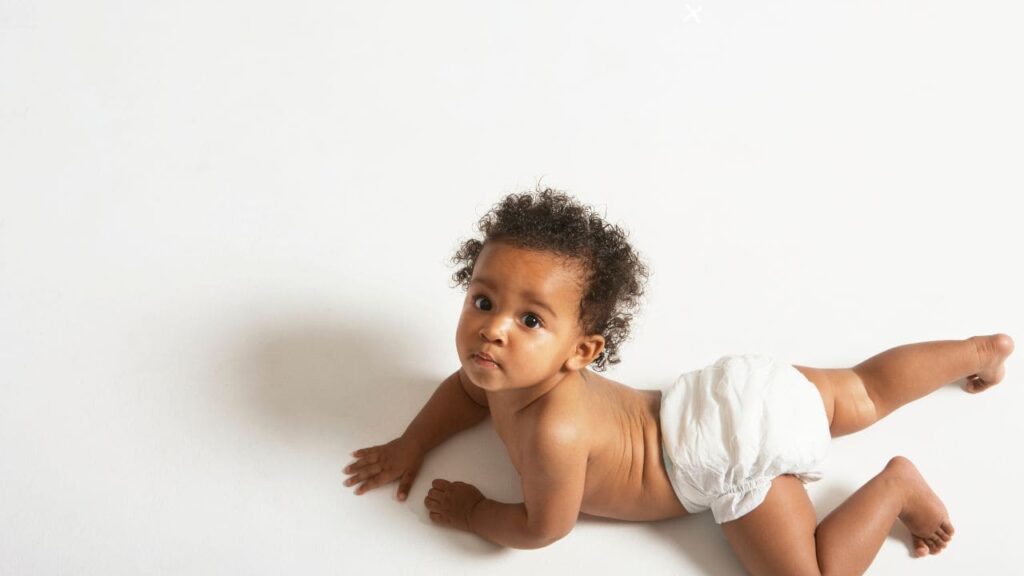
Fostering Proper Development
While an elevated leg has benefits, overusing this style causes strength/growth imbalances. Mix in activities encouraging symmetrical crawling to supplement muscles equally:
- Hide-and-seek crawling: Place toys just out of reach all around so they must crawl in multiple directions to “find” them.
- Crawling courses: Use pillow obstacles they must navigate over, around and through.
- Chase games: Have them follow you crawling on hands/knees.
- Unsupported practice: Let them strengthen their core/back by crawling freely without “walking” assistance.
When muscles fatigue, provide upright play breaks. Then return to crawling circuits intermittently, keeping it fun!
Really ham up your excitement when they crawl symmetrically. Laugh, smile, cheer – making it rewarding motivates repetition. Use snacks or toys they crave as incentives too.
With positive encouragement, they’ll be crawling like champs…as long as it suits them!
Baby-Proof Essentials for the Crawling Phase
Whatever crawling style your baby adopts, safety-proofing protects them during this adventurous life stage. Make sure to address these common risks:
- Pick up choking hazards: Little ones put everything directly into their mouths. Eliminate loose tacks, coins, marbles etc. off floors by doing thorough sweeps.
- Secure electronics: Don’t underestimate babies’ determination to snag cords! Anchor TVs, block outlets, tape down wires.
- Add cabinet locks: Keep chemicals, cleaners, fragile dishes etc. secured behind baby locks or high latches.
- Install baby gates: Corral access to dangerous areas like stairs, entertainment centers, fireplaces or kitchens.
- Reposition sharp furniture: Cushion any coffee table corners at their eye level.
- Bumper pad hard edges: Use guards to prevent injuries from bumping into surfaces while moving fast!
Reassessing from their vantage point reveals risks you can mitigate. Always supervise play of course! But also remain vigilant as their mobility takes off.
When Should My Baby Start Crawling?
Wondering if your baby’s crawling timeline is on track? Here’s an overview of what’s considered typical:
- 3-10 months: Floor mobility – rolling, scooting backwards/spinning
- 6-10 months: Get up on all fours rocking
- 8-11 months: Traditional hands/knees crawling emerges
- 9 months – 1 year: Standing while holding onto furniture
- 10-16 months: Walking unassisted across the room
But as we’ve discussed, healthy babies sometimes take modified approaches! If they haven’t crawled by 12 months consistently, do reach out to their doctor for assessment.
Delays walking independently beyond 18 months may signify tightness/weakness requiring help correcting too. Support therapies can get them back on track!
The key is ensuring continued progress month-to-month. Stagnating or sudden changes in typical activity warrant a closer look.
| Milestone | Average Age Range |
|---|---|
| Lifts head up while on tummy | 1-2 months |
| Rolls over | 4-6 months |
| Sits independently | 6-8 months |
| Crawls on hands & knees | 8-10 months |
| Pulls self up to stand | 9-12 months |
| Walks with assistance | 10-14 months |
| Stands independently for over 10 seconds | 11-13 months |
| First independent steps | 12-16 months |
| Walks well independently | 13-18 months |
Sign My Baby Will Start Walking Soon
Eagerly awaiting those first steps? Here are signs your baby’s on the verge of walking:
- Standing solo >10 seconds: Balance and leg strength are solidifying!
- Side steps while holding furniture: They’re getting comfy bearing weight on feet.
- Squats to grab toys: Developing control shifting in/out of standing.
- Walks with toys “assisting”: Uses push toys to steer/balance.
- Stands without wide base: Narrow stance and upright posture.
- Starts solo, falls after steps: Trying out independent walking attempts.
Typically, babies stand solo around 11 months and then take those first teetering walks soon after!
| Physical Signs | Mental Signs |
|---|---|
| Stands unassisted over 10 seconds | Obsessed with walking toys |
| Takes steps sideways holding onto furniture | Super curious about surroundings |
| Squats easily to pick up toys | Tired of crawling as main mobility |
| Walks readily holding your hands | Hates being restricted in walker toys |
| Stands independently with narrow base (vs wide-legged) | Frustrated unable to keep up walking with you |
How to Encourage Walking Readiness
Eager to help them progress when those telltale signs appear? Try these tips:
- Limit container time: Holding hands, exersaucers etc. prevent needed balance reactions.
- Practice standing games: Encourage pulling up onto sturdy objects. Do “airplane” to build leg strength!
- Install outdoor bars: Gripping while navigating grass boosts coordination safely.
- Use fun walker toys: The “Push” activity helps coordination without relying on the toy itself.
- Clear wide pathways: Remove obstacles for short solo walking bursts between rests holding furniture.
Celebrating successes extremely helps reinforce the thrill of this milestone!
| Coordination Building | Motivation Boosting | Safety First |
|---|---|---|
| Go barefoot for traction | Use fun walking toys | Baby-proof sharps/falls |
| Practice standing/squatting games | Give light touch assists | Clear wide pathways |
| Allow cruisers/walkers over containers | Celebrate all attempts enthusiastically | Ensure trusted spotting |
| Limit time in restrictive devices | Incorporate favorite snacks/toys as incentives | Install outdoor walking bars |
First Steps: What’s Normal?
Seeing those first tentative steps melts every parent’s heart. But what happens next varies significantly. Here’s the range for “normal”:
- Around 1 year: Steps solo, but only brief attempts of 3-5 steps typically.
- 14-16 months: Holds hands, walks steadily but still favors crawling for mobility.
- 16-18 months: Independent walking across the room in short “drunken” bursts.
- 18-24 months: Refined balance and stamina lead to walking confidently.
Not all toddlers follow this exact sequence. But it provides a general overview of what to expect with emerging walking skills.
What If My Baby Isn’t Walking By 15 Months?
If your baby isn’t walking independently by 15 months, don’t panic! However, do consult their pediatrician to discuss a physical therapy evaluation.
Early intervention can correct minor issues that delay mobility. Specialists identify “sticking points” holding kids back, whether tightness, instability or skill gaps.
Targeted activities address deficiencies directly – and see faster improvements versus “wait and see.” Best of all, through play-based exercises, little ones simply think it’s fun!
While each child hits milestones on their own timeline, therapy facilitates continued development. And getting back on track prevents compounding future struggles.
Conclusion: One-Leg Crawling – Clever Adaptation!
In the end, no “right” way exists to cruise through early mobility stages. Babies organically build skills their own way by necessity and curiosity!
Your infant crawling army-style or with a cocked knee matters less than consistent forward momentum. Evaluating any need for support ensures they continue blossoming appropriately.
But in most cases, that raised leg just represents them creatively adapting to conquer challenges we overlook. It’s their own way of experimenting with balance, body awareness and coordination.
So next time you catch them scooting about lopsided, smile knowing it’s a clever transitional tactic! Their resilience and problem-solving laid important foundations for dexterity down the road. Before you know it, they’ll be walking and running – in whichever unique style suits them!
FAQ – Baby Crawls With One Leg Up
Why does my baby crawl with one leg curled up?
Keeping one leg raised makes it easier for infants to balance, turn their bodies to see their surroundings, build core and hip strength, transition to walking motions, and explore without falling over. It’s a common phase as they develop coordination. Typically they begin bearing weight evenly again as mobility skills improve.
Should I worry about one-sided crawling?
In most cases it’s completely normal and even helps strengthen complementary muscle groups! But if they consistently avoid bearing weight on one side despite mastering other skills, can’t progress to hands-and-knees crawling, or struggle physically, check with your pediatrician about potential root causes requiring therapy.
How can I help my one-leg crawler develop properly?
Engaging them in symmetrical cross-lateral crawling activities helps ensure their overall coordination doesn’t lag. Also provide assisted practice bearing weight through both sides, and work on balance/trunk control through variations like tall kneeling. Checking in with a physical therapist provides customized support strategies too.
What are signs my baby will start walking soon?
Key indicators your little one is preparing to walk include standing unassisted for over 10 seconds at a time, taking side steps while holding onto furniture, lowering down with control to pick up toys, beginning to walk readily while holding your hands, and standing independently with feet closer together instead of a wide base of support.
My 13 month old isn’t walking independently yet – should I worry?
It’s quite common for confident walking to emerge closer to 15-18 months. If they haven’t begun walking unassisted by 16 months, do consult their doctor to discuss whether any tightness or skill deficits need treatment through early intervention physical therapy. But there’s no need to panic – with assistance to build missing foundations, they’ll be trotting around perfectly on track!
